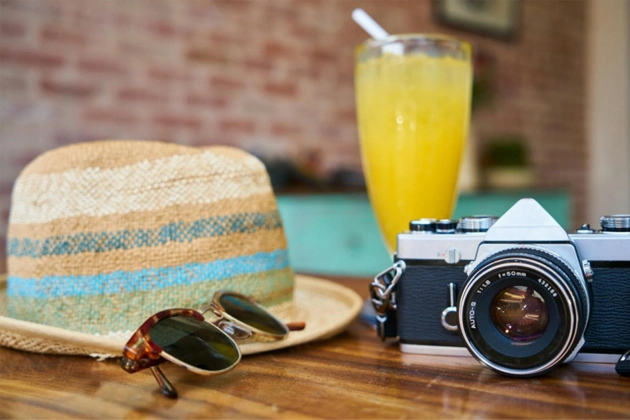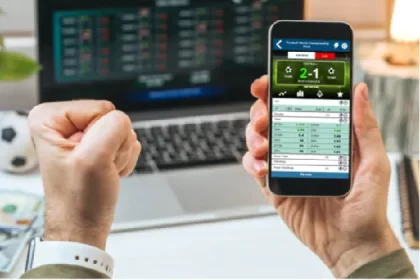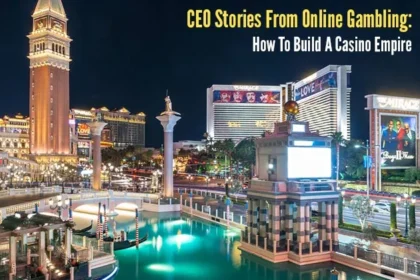Let’s be honest. When you think of the metaverse, you probably picture something deeply un-pub-like. Maybe it’s a clunky VR headset, a glitchy avatar that looks like a forgotten Wii character, or just the vague, lingering smell of venture capital. It all feels a million miles away from the glorious, sticky-floored, conversation-filled reality of your favourite local. The pub is an institution built on the tangible: the weight of a pint glass, the smell of stale beer and fresh crisps, the inimitable warmth of a real-life crowd.
“The vibe is everything. It’s the bass in your chest, the person you nod to across the room. If tech can help us share that, cool. But it can never replace the feeling of the floor shaking.” – Kofi, Tunnel Vision, Aldgate East.
So, is the idea of plugging our beloved watering holes into the digital ether just another tech-bro fantasy destined to fizzle out? Or could there be something genuinely revolutionary brewing? The metaverse, a catch-all term for virtual and augmented digital worlds, isn’t just about escaping reality anymore. Increasingly, it’s about enhancing it. For the hospitality industry, battered by lockdowns and facing ever-rising costs, this digital frontier isn’t just a novelty; it could be a lifeline, a new stage for an age-old performance. Forget what you think you know. This isn’t about replacing the pub—it’s about expanding its very definition.
First, we need to get our heads around what we’re actually talking about. The “metaverse” isn’t one single place. It’s a concept that splits into two main avenues, both with tantalising possibilities for mixology and socialising. On one hand, you have fully immersive Virtual Reality (VR). This is the world of headsets and digital avatars, where a bar can be built from code instead of bricks and mortar. Think of it as creating a “digital twin” of a real-world venue. Imagine being able to pop into a perfect recreation of your old university pub with friends who are now scattered across the globe, your avatars clinking virtual glasses and chatting in real-time. Brands are already dipping their toes in. Heineken launched a virtual brewery in the metaverse platform Decentraland, and Miller Lite opened its own ‘MetaLite Bar’ for the Super Bowl. While these early forays felt a little gimmicky, they showcase a powerful proof of concept: a venue’s reach is no longer limited by its postcode.
A key takeaway is that this isn’t just for global brands. A legendary but tiny cocktail bar in Soho could create a digital version of itself, selling tickets to virtual cocktail masterclasses hosted by their star mixologist to an international audience. A folk pub in Dublin could live-stream a trad session to paying virtual punters in Tokyo. It transforms the local into the global, creating a new revenue stream that’s completely independent of physical capacity. It also offers a radical solution to accessibility, allowing people who can’t physically visit a venue to experience its atmosphere and community.
“We’ve had the same regulars for thirty years. They don’t want a QR code that makes a dragon fly out of their beer mat. They want a decent pint, a clean glass, and a bit of chat. That’s reality, isn’t it?” – Margaret, The Old Pheasant, Glaston.
Margaret’s point is the crucial counter-argument, the voice of tradition that keeps the whole conversation grounded. And she’s right. The soul of a pub isn’t in the pixels; it’s in the people. But this is where the second, and arguably more exciting, avenue of the metaverse comes into play: Augmented Reality (AR).
Unlike VR, which replaces your world, AR adds layers to it. It’s the tech behind Pokémon GO, the thing that lets you see what a sofa would look like in your living room through your phone. Now, picture this in a bar. You’re scanning a cocktail menu, but instead of just reading text, you point your phone at a name—say, ‘The Alchemist’s Fire’—and a 3D animation of the drink appears on your screen, complete with flickering flames and swirling smoke. Tap on it, and you see a short video of the bartender expertly mixing it. Suddenly, the menu isn’t just a list; it’s an interactive experience.
This is where the magic truly starts. AR could transform the entire customer experience. Imagine a historic pub where pointing your phone at a corner reveals a ghostly AR overlay of a famous patron who used to drink there, complete with a snippet of their story. Or a sports bar where you can see live player stats hovering above the TV screen. Brands could create AR-powered games and promotions—a digital scavenger hunt around the pub to win a free drink, perhaps sponsored by a gin distillery whose virtual mascot pops up to give you clues. My friend recently told me about a pop-up he went to in Berlin where the cocktails were tied to a digital art exhibit. As you sipped your drink, new AR elements would unlock on the walls around you, viewed through a tablet. The drink itself became the key to a hidden world. It’s an incredible tool for storytelling, turning a simple night out into something memorable and, crucially, shareable on social media.
Beyond the in-venue experience, this tech offers new ways to build and reward loyalty. This is where things like NFTs (Non-Fungible Tokens) come in, and try not to roll your eyes. Strip away the crypto-hype, and an NFT in this context is simply a unique, verifiable digital token. Think of it as the ultimate loyalty card. A bar could sell a limited run of NFTs—say, 100 ‘Founder Member’ tokens. Owning one might grant you a free pint every week for a year, priority booking, access to exclusive events, or even a say in a new guest ale. It creates a community of deeply invested regulars who are literally stakeholders in the pub’s success. It’s a 21st-century version of getting your own engraved tankard behind the bar.
Of course, none of this is a silver bullet. The tech is still evolving, and the cost of implementation can be a barrier. More importantly, there’s a real danger of losing the human touch. A bar experience that’s too mediated by screens risks becoming sterile. The tech should always be the garnish, not the main ingredient. It should be an opt-in bit of fun that enhances the core experience of social connection, not a mandatory hurdle to getting a drink. The goal is to add a sprinkle of digital magic, not to turn a cosy pub into a cold, impersonal tech demo.
Ultimately, the future probably lies in a hybrid approach. It’s in using technology to solve real-world problems and create moments of delight. It’s the pub quiz beamed to virtual teams, the AR menu that demystifies a complex wine list, and the digital membership that makes a regular feel truly special. It’s not an either/or proposition; it’s a question of how our physical and digital lives will continue to blend. The pub has survived plagues, wars, and smoking bans. It has done so by adapting while holding on to its core purpose: being a place for people to connect. This next evolution might just look a little different.
“Technology is a tool, not the destination. We sell a view, a vibe, an experience. If AR can add another layer to that spectacular sunset over The Shard without getting in the way, then we’re all for exploring it. At the end of the day, it’s still about people connecting with people.” – James, London Bridge Rooftop.
James hits the nail on the head. The metaverse, in all its confusing glory, won’t replace the feeling of a packed beer garden on the first sunny day of the year. But it could create a thousand new ways to celebrate that feeling, to share it, and to build communities around it. So, next time you’re nursing a pint, spare a thought for its digital ghost. The future of the pub might be stranger, and more exciting, than any of us can yet imagine. Now, whose round is it?










